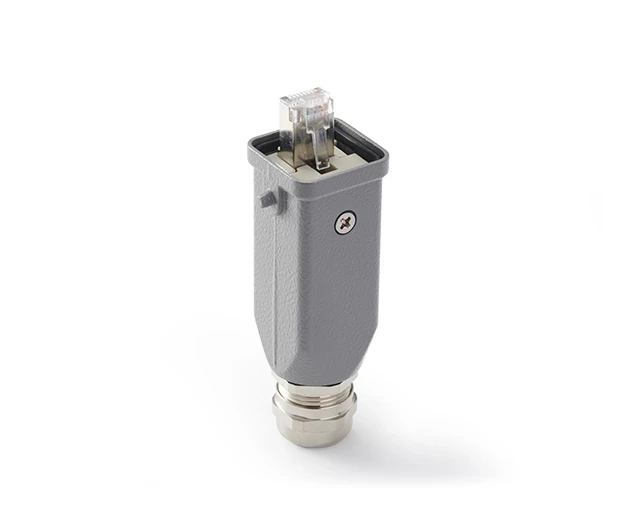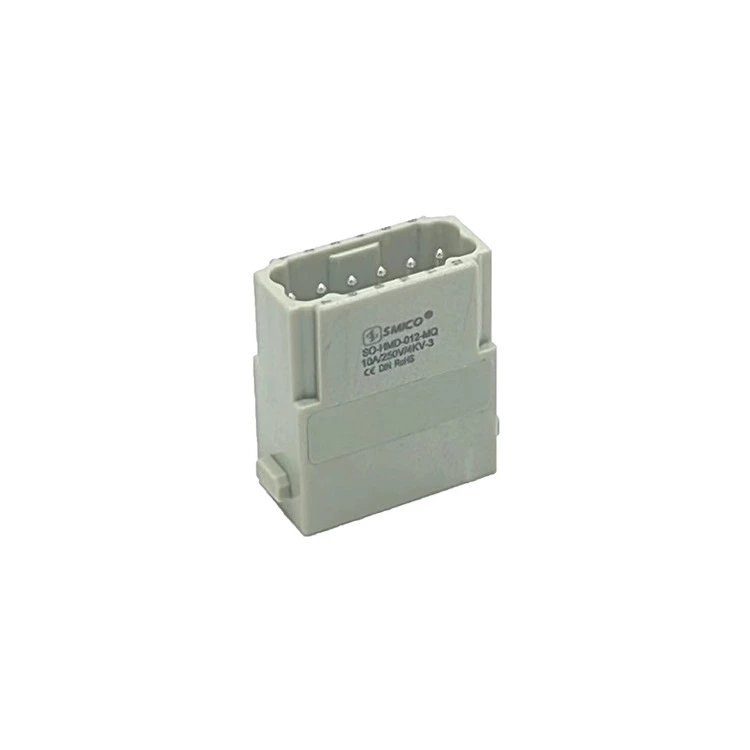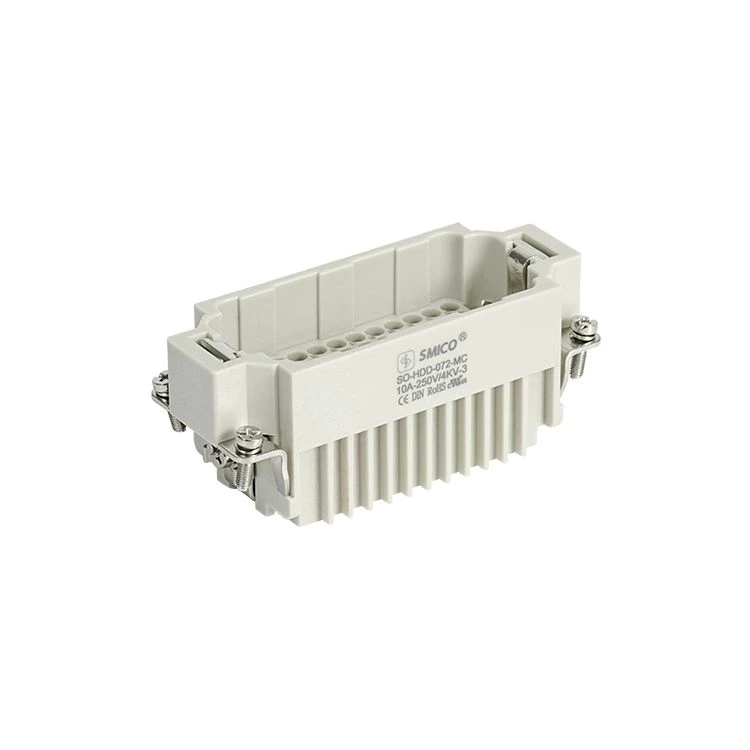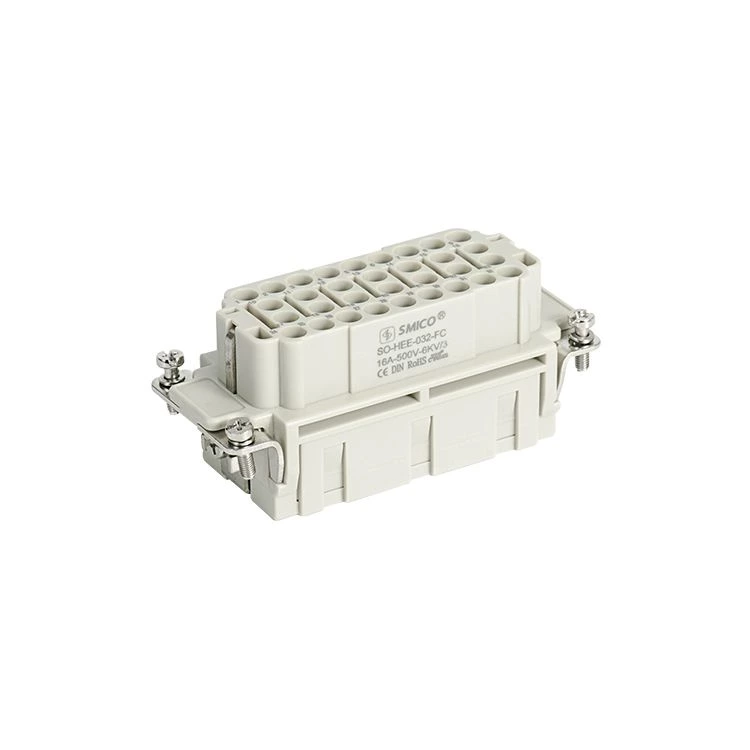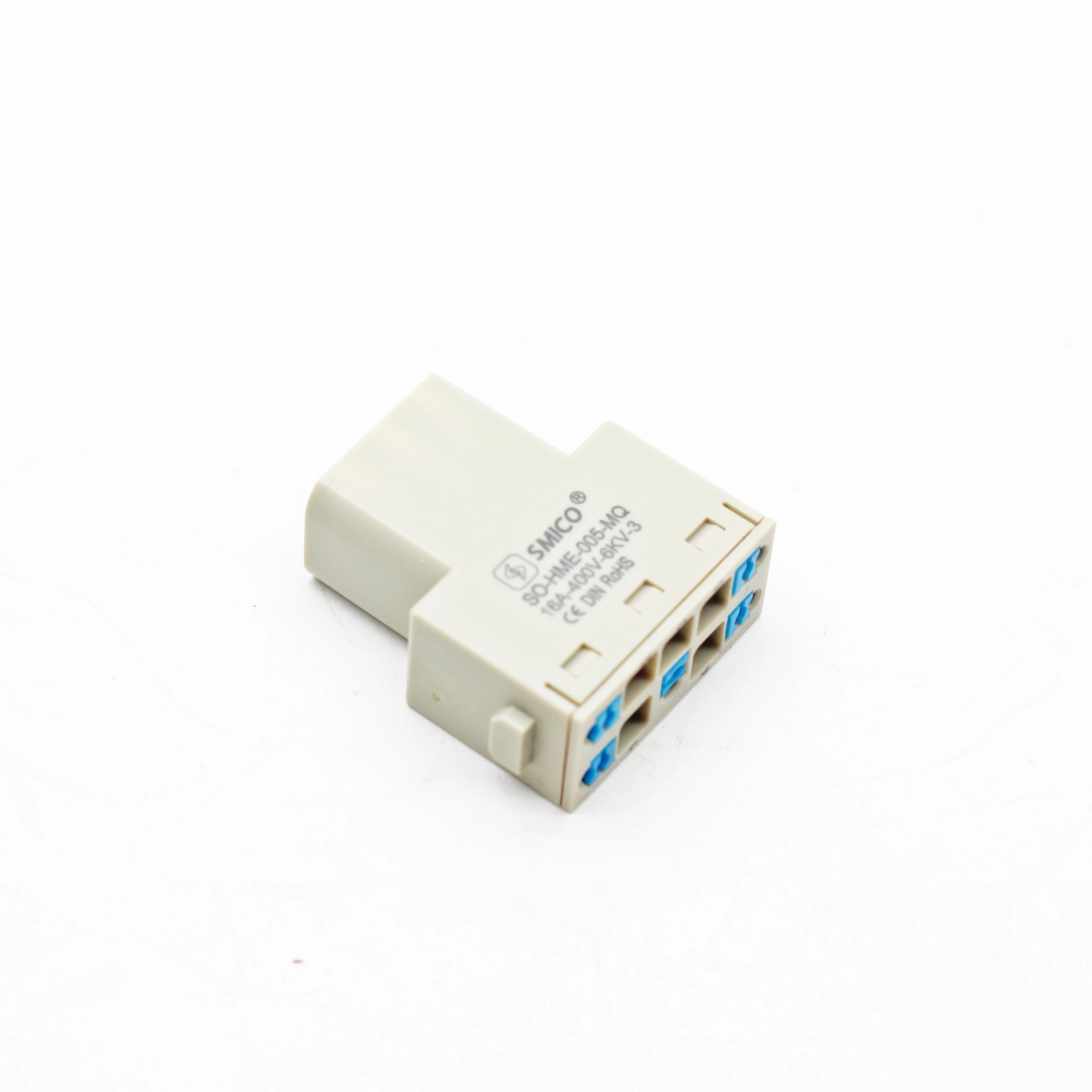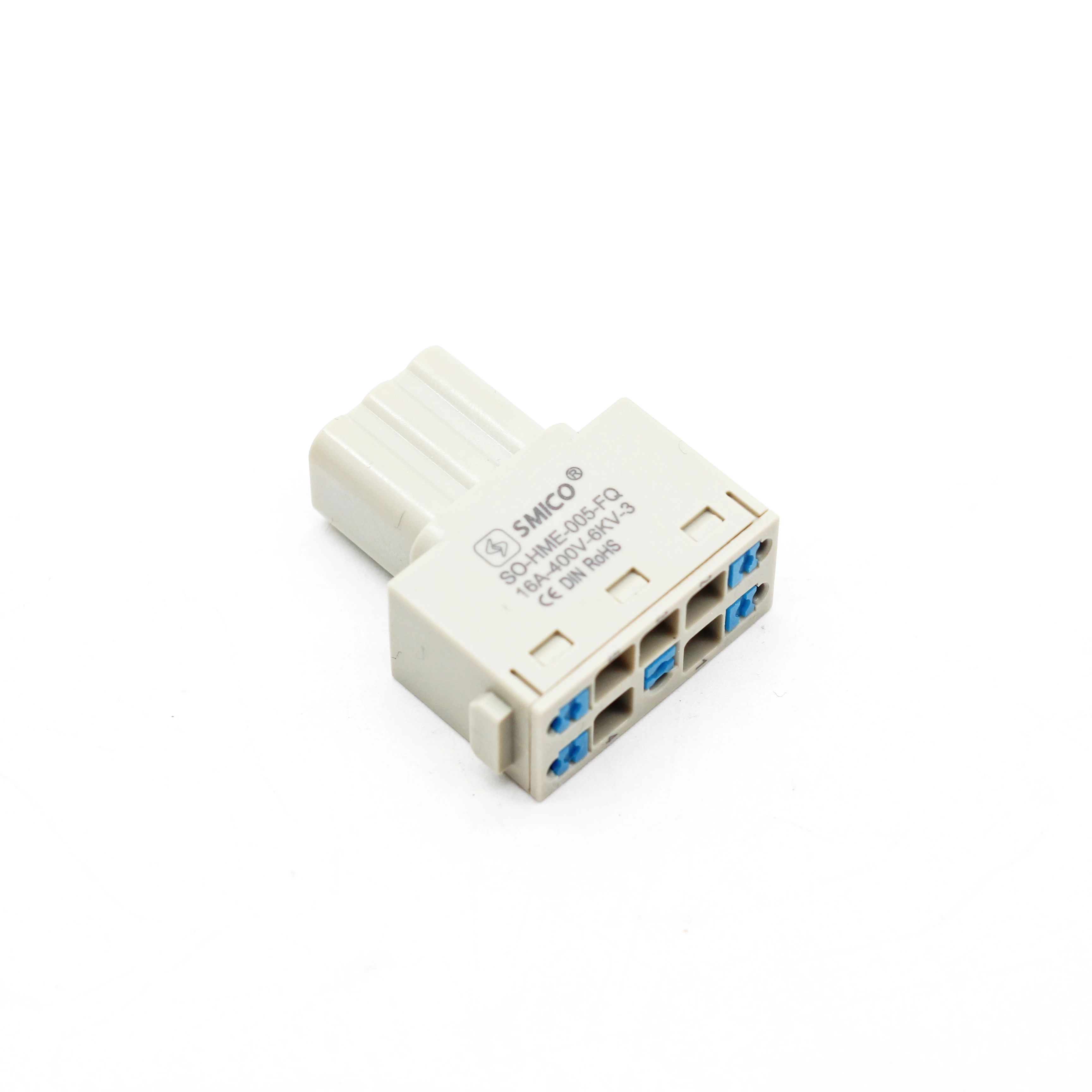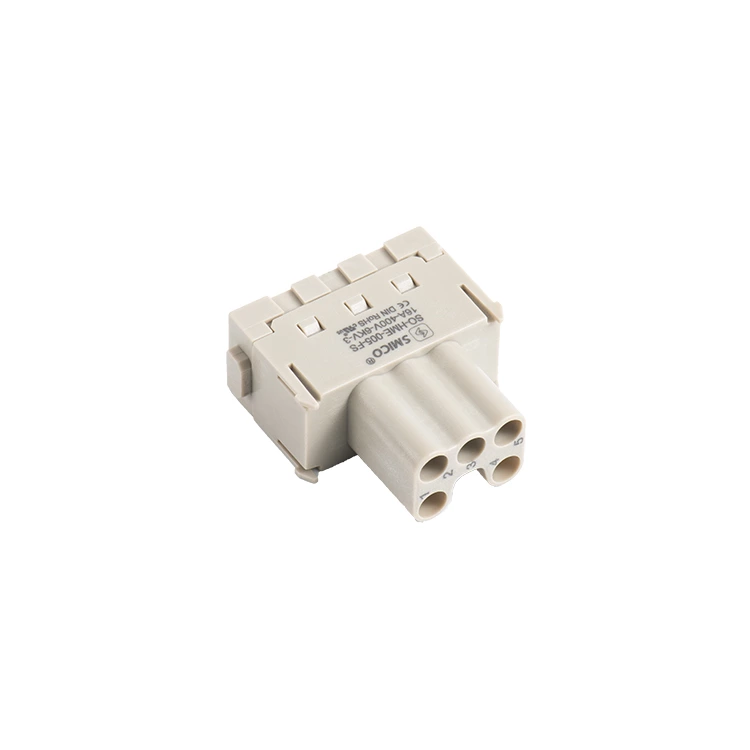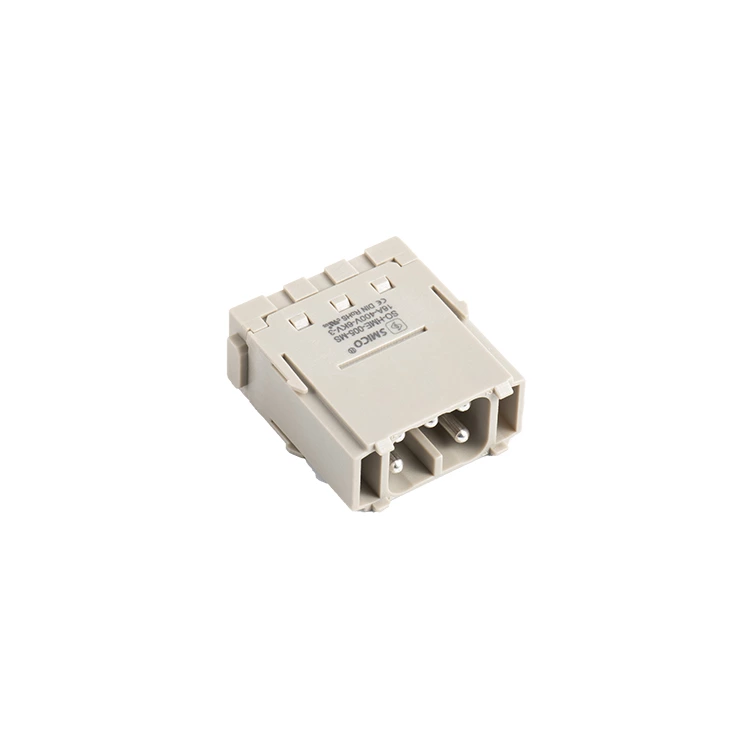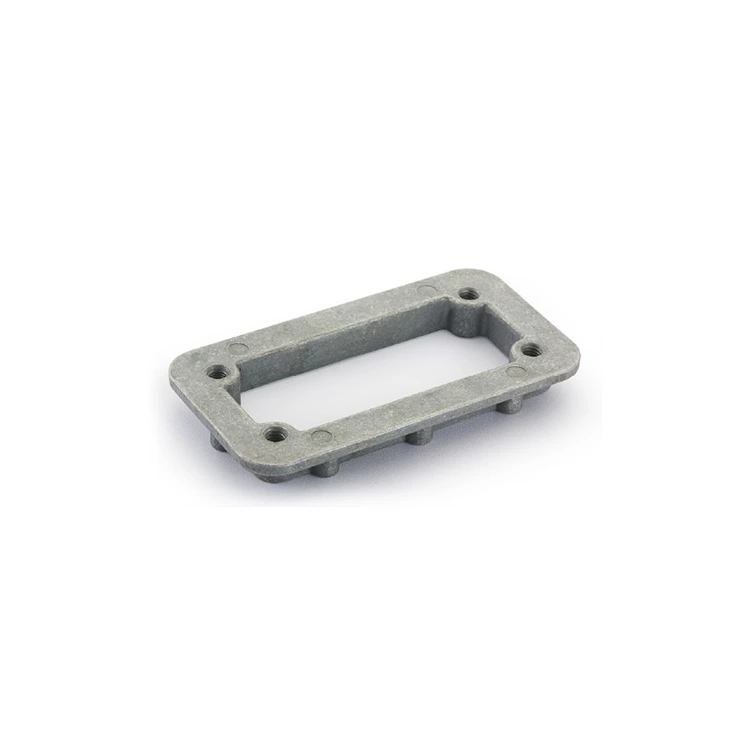Comparison Of Connector Industry Development Between China And Foreign Countries
Heavy Duty Connector originated during World War II and was mainly used in military enterprises. With the end of World War II, the world economy began to transform into people's livelihood, and the application of connectors has expanded to various fields. Now let's take a brief look at the development of connectors!
Connector products originated during World War II in 1939. After the war, with the development of consumer electronics such as televisions and telephones, connectors quickly expanded from early military uses to general consumer electronics, automobiles, and computers and other information fields.
The development of China's connector industry is also closely related to military use. From the embryonic stage in the 1940s, the United States invested in the production of military connectors in China to equip the Chinese army in the war. In 1949, American capital withdrew, and some technical equipment remained, forming the prototype of the future development of China's connector industry.
1950~1970 was the initial development stage. China formed public-private joint ventures with pre-war private enterprises and related enterprises, and established various subordinate factories and local state-owned factories and collective factories, such as Factory 796, Factory 851, Factory 850, Factory 117, Zhenjiang Connector General Factory, Beijing Radio Component Factory 9, Shanghai Radio Factory 9, etc. The connectors produced at this time were mainly used in military industry and aerospace industry.
In the 1980s, China implemented the reform and opening-up policy and began to turn to the production of connectors for consumer electronic products. At this time, due to China's continuous economic reforms and opening up to the outside world, many foreign investors entered the mainland market to invest. In 1987, Japan's Daiichi Electronics, Shenzhen SEG Electronics Group, and Shanghai Radio Factory 9 jointly invested to establish (Shenzhen Sandu SAS Electronics Co., Ltd.), which was the earliest foreign joint venture. After the 1990s, encouraged by the mainland authorities' various foreign investment policies and incentives, connector manufacturers from all over the world have almost all moved their production bases to China, including the largest world-class connector manufacturers, such as AMP, Molex, Amphenol, etc., which successively invested and set up factories in China in 1992. At the same time, many other foreign companies emerged in the 1980s with the rise of the personal computer industry, and connector manufacturers, including JST, KET, JAM, FCI, etc. In addition, international manufacturers such as Taiwan Kangxu, Taiwan Amp, and Taiwan Aviation Electronics have also come to the mainland to invest.
The connector industry in Taiwan also entered its starting stage in the 1970s. Major manufacturers such as Xinsheng Precision, Liangwei, Ruifang Electronics, Xinyin, and Zhijia mainly produce low-end products such as power sockets, plugs or wiring harnesses, and the company scale is generally small. Even the American DuPont Company came to China to set up factories to produce connectors. They brought advanced machinery and equipment and a larger production system, which can be said to be the pioneers of the connector industry.
Around 1993, with the investment boom of computer factories in China and the consideration of reducing costs, foreign connector manufacturers went to China to invest and set up factories, which made the connector industry develop rapidly! By 2000, connector factories in Taiwan, Hong Kong, Japan and Europe also increased their investment in China, making China's connector output value increase day by day, and the production scale of China's connector industry also provides various industries around the world. Customer needs.

